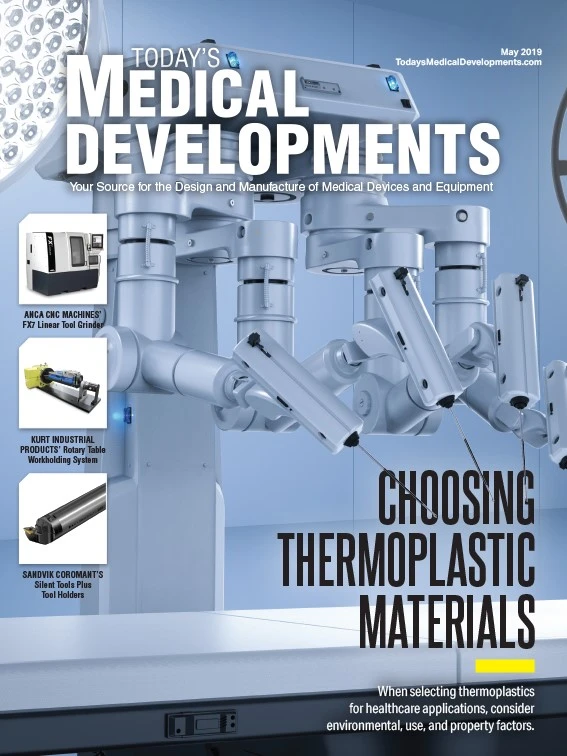
Decoret Adobe Stock

Successful medtech companies have R&D departments focused on innovation. The most important question for the CEO is “What is our company’s innovation strategy?”
There are various models for consideration including:
- Innovation exclusively from within
- Open innovation
- A combination of the above, including M&A
Let’s unpack these high-level strategies and discuss the advantages/disadvantages of each.
Innovation exclusively from within creates an internal focus that can lead to creative uses of your company’s core competencies and technologies. This focus can lead to highly efficient R&D teams that create value for the organization for years to come. On the other hand, this approach can lead to an outcome of new products that are technologies in search of a solution (the new product becomes a hammer seeking a nail) and often innovations from within are over-engineered, delaying time to market.
Open innovation allows for organizational flexibility and creativity; you are less concerned with the source of innovation, the priority is to find new solutions that fully address needs in the market segments where you participate. Some companies with this model encourage a collaborative approach between their R&D and their business/corporate development leaders. In this approach, it’s possible that a new technology can be outsourced (acquired, licensed) from a partner and brought in-house for product development.
An all-of-the-above innovation approach provides the most flexibility as it allows for a constructive, competitve internal environment to get new products to market consistently with no preference for the source of the technology – providing the technology fits within your current, or acquired, sales and marketing segments and channels. This model encourages an active R&D department as well as an active business/corporate development (M&A) team.
As a CEO, you’ll need to carefully manage the natural conflicts that evolve from this approach to ensure they are constructively competitive versus organizationally draining. It’s proven that an active M&A strategy as part of your innovation strategy can add or detract value from the financial results of the company. Of course, the same can be stated for a company without an active M&A process.
Internally focused innovation can be highly focused and achieve great results or it can be disastrous if the latest product launch is delayed or misses market objectives. As a business leader, regardless of where or how you source your innovation, you’ll want to ensure that a key starting point for every project begins with the question, What is the clinical unmet need we are trying to solve? It is likely you’ll be successful with innovation if every new product provides an answer!
MedWorld Advisors
https://www.medworldadvisors.com

Explore the May 2019 Issue
Check out more from this issue and find your next story to read.
Latest from Today's Medical Developments
- HERMES AWARD 2025 – Jury nominates three tech innovations
- Vision Engineering’s EVO Cam HALO
- How to Reduce First Article Inspection Creation Time by 70% to 90% with DISCUS Software
- FANUC America launches new robot tutorial website for all
- Murata Machinery USA’s MT1065EX twin-spindle, CNC turning center
- #40 - Lunch & Learn with Fagor Automation
- Kistler offers service for piezoelectric force sensors and measuring chains
- Creaform’s Pro version of Scan-to-CAD Application Module





